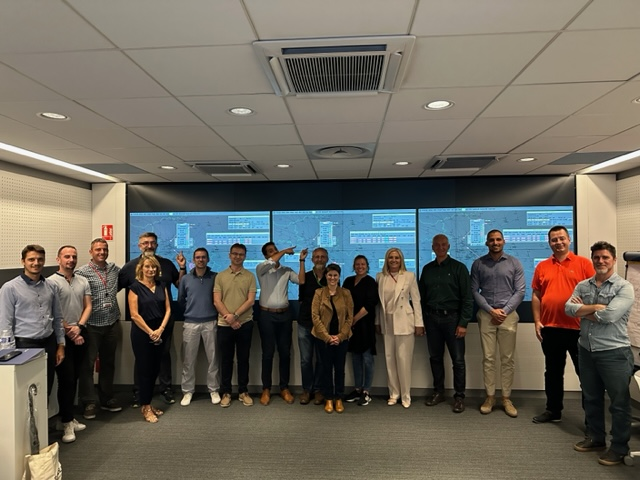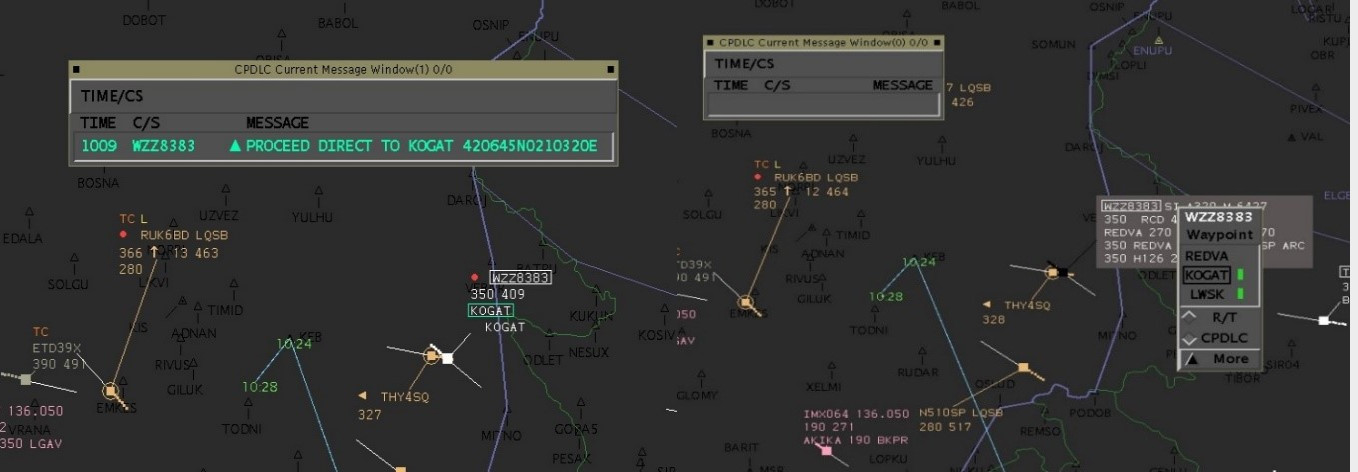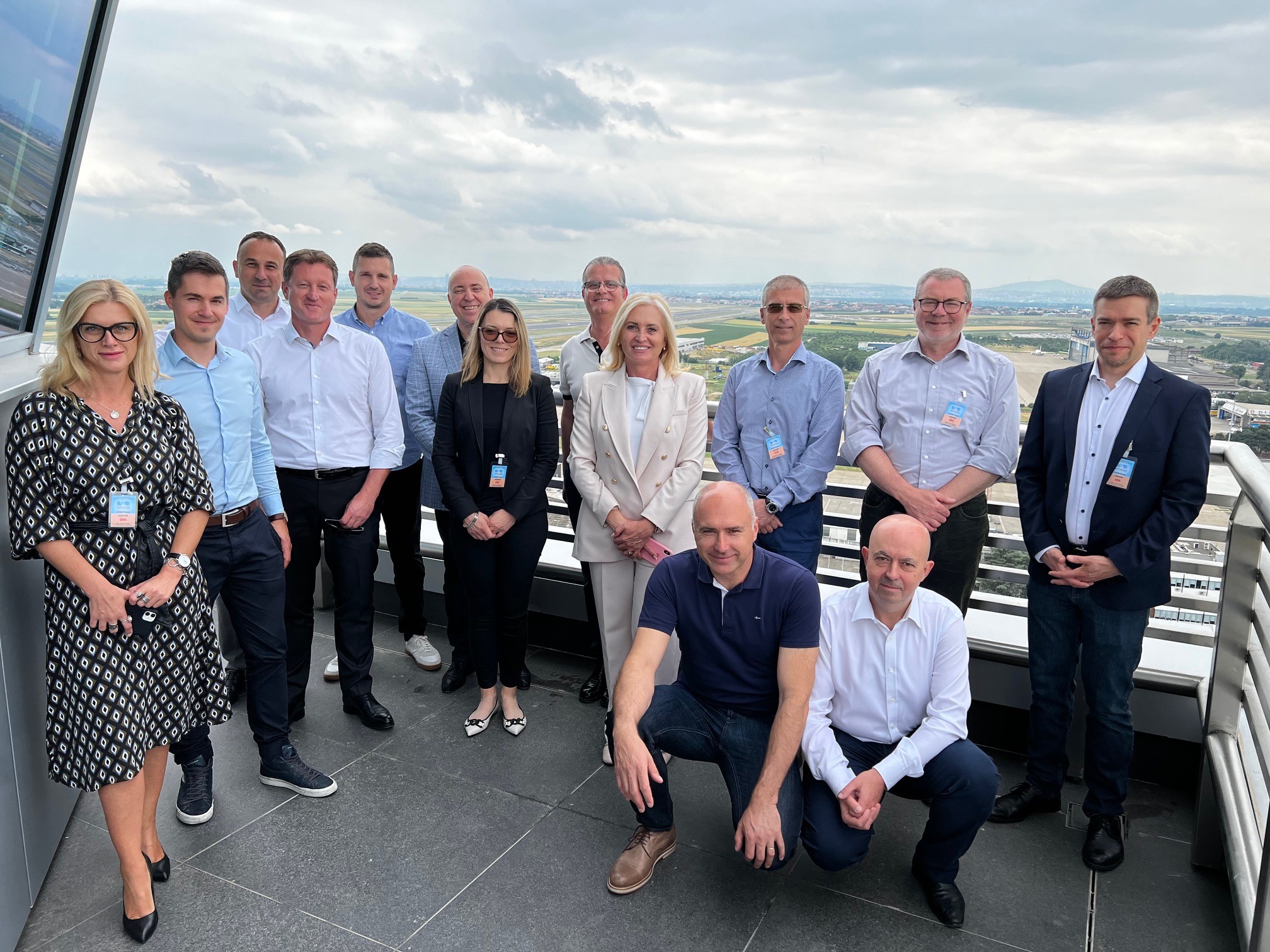
Home Mediji New TopSky – ATC Controller’s tools
New TopSky – ATC Controller’s tools
-
Menu
- News
- Gallery
- Video – Press kit
-
Publication time
-
2024
-
2023
-
2022
-
2021
-
2020
-
2019
-
2018
-
2017
-
2016
-
2015
-
2014
-
2013

New TopSky – ATC Controller’s tools
04.04.2024
Since December 2023 SMATSA llc has started using the improved TopSky-ATC version which includes controller tools that were developed jointly by SMATSA and Thales ATM system experts. Other TopSky-ATC users are yet to implement the tools that were developed as a part of this project.
Improved tools are based on the further development of the existing TCT functionality (tactical – executive controller tool for conflict detection and warning) and they provide the controller with information about which flight levels, headings and direct routes are considered as conflicting and which as conflict free, in order to support real time decisions regarding conflict solution. This improved tool will help in controller’s cognitive process and significantly improve assurance that the chosen conflict resolution is adequate in the ever increasing levels of traffic.
SMATSA team was directly involved in the development of the new tools, with no possibility to use any other ANSP’s solution and experience.
Besides that, the Step3 software improvement included further development of functionalities, namely the RVSM status update for Abbreviated flight plans (APLs), usually used for flights avoiding bad weather who were not supposed to overfly ATCC Beograd AoR. This funcionality will also become a standard feature with other TopSky-ATC system users.
These solutions will be the part of the software improvement of all TopSky users.
And the last, but not the least is the improved management of the TSAs and TRAs, which is also a part of this SW improvement.
From engineers perspective, system is updated with SWIM profile, future standard for data exchange regarding with outside users such as aerodromes, airliners etc.
During the planning process, manufacturer express concern that the time for this project is very short bearing in mind all activities needed for the life cycle of the Project from planning, agreement signing, functionalities development, correction according to user’s needs, testing, implementation, and operational validation. However thanks to initiative, proactive approach and engagement from both sides all planned was finished on time and this way one more important step in system development was done.





